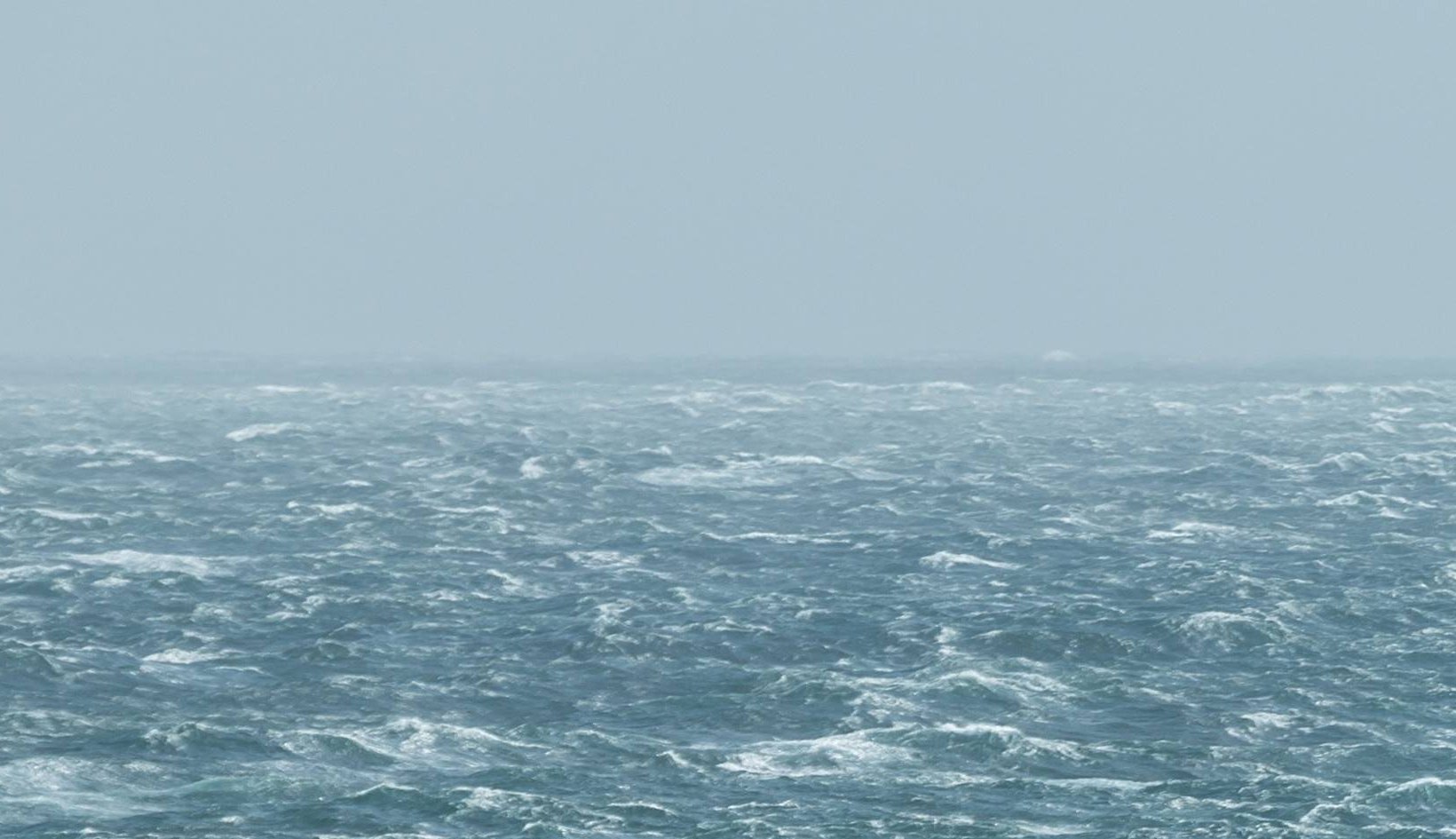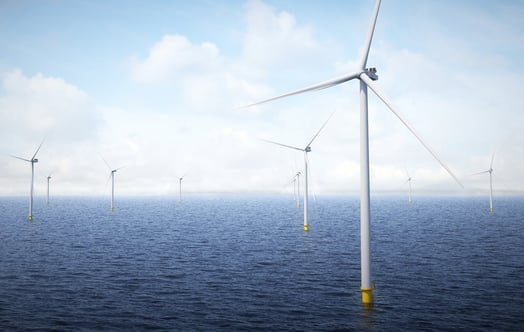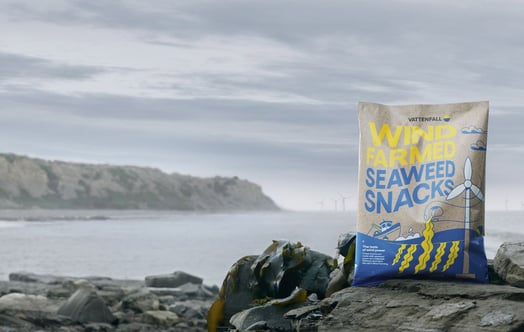On Monday 14 December, the Danish Energy Agency gave permission for the construction work on the offshore wind farms Vesterhav Syd and Nord to begin. The Danish Energy Agency's decision constitutes a stamp of approval that Vattenfall's projects comply with legislation with regards the environment, nature and consideration for neighbors.
On Monday 14 December, the Danish Energy Agency approved Vattenfall's construction plans for and environmental assessment of the offshore wind farms Vesterhav Syd and Nord.
This means that Vattenfall can now begin the next stage of work on the offshore wind farms, which will produce climate-friendly electricity equivalent to the annual consumption of 380,000 Danish households.
"Getting approval from the Danish Energy Agency is good news for the green transition and the goal of enabling a fossil-free society in Denmark. The Danish Energy Agency has carried out a thorough review of our environmental assessment and the responses to the public consultation. We are satisfied that based on this they have given the green light to the projects," says Jacob Nørgaard Andersen, Vattenfall's Director in Denmark who continues:
"In addition, we view the permits as a signal that the initiatives we have focused on, and will continue to work with, namely to ensure consideration for the local community as well as the environment and nature, have been positively received," says Jacob Nørgaard Andersen.
Among the biggest initiatives is a completely new installation design for the two offshore wind farms that maximises the turbines' distance to the coast within the area designated by the Danish state.
For Vesterhav Syd this means that the turbines will be located around nine kilometres off the coast. For Vesterhav Nord, the northernmost turbine will be moving from its originally planned location to about eight kilometres off the coast.
In addition to the location of the turbines, Vattenfall will install a radar system that allows the light markings on the turbines to be significantly dimmed at night, provided the Danish Transport, Construction and Housing Authority approves it.
Approval of the radar system must be given by the Danish Transport, Construction and Housing Authority by the end of Q2 2021 in order for the radar system to be integrated optimally with the other processes in the projects.
The establishment of Vesterhav Syd and Nord has been decided by the Danish Parliament, and the two areas, which are located between four and ten kilometres off the coast, were appointed by the Danish state in 2012.
Facts about Vesterhav Syd and Nord
- 350 MW of production capacity spread over 20 and 21 8.4 MW turbines respectively
- Production can cover the annual electricity consumption of roughly 380,000 Danish households
- The two offshore wind farms will increase Danish electricity production from wind turbines by around 10 percent.




